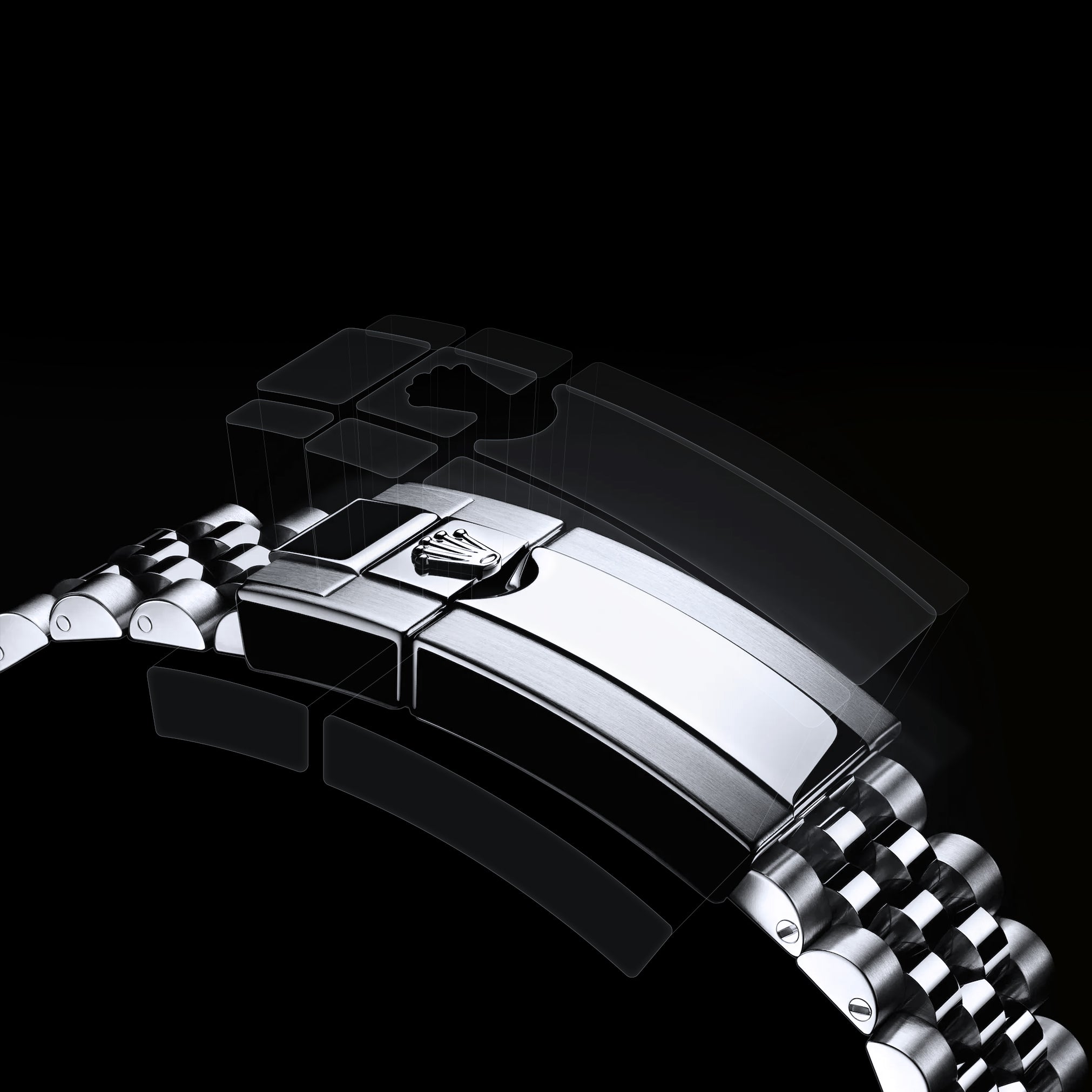Clothing and tog have been an intact part of man life for centuries, serving not just a utility resolve but also as a form of self-expression. From the simplest garments made from animate being skins in unstylish multiplication to the intellectual, high-tech materials of nowadays, the travel of fashion and clothing has been nothing short of remarkable. Over the age, the evolution of fabrics, designs, and fashion trends has mirrored not just subject area advancements but also social, discernment, and worldly changes. Fashion, as we know it nowadays, is a dynamic manufacture motivated by innovation, culture, and individuation.
In antediluvian civilizations, wear was primarily functional, studied to protect the body from the elements. Early human beings used natural materials like animal hides, plant fibers, and plain-woven reeds to their garments. As societies became more sophisticated, the production of textiles evolved. The Egyptians, for example, pioneered the use of linen, a jackanapes and breathable fabric, while the Greeks and Romans blessed wool for its strength and warmth. America shirts in these antediluvian cultures was often a symbolic representation of status, with the flush wearing garments made from fine materials and the park people wear simpler, more utility dress.
The Middle Ages saw further in the earth of raiment, with the presentation of elaborate wearable styles that often signified one s sociable rank. Fashion during this time period was heavily influenced by the Church and royal family, with garments becoming more intricate and ornamented. The use of fur, silk, and soft became associated with the aristocracy, while park folk wore rougher, more useful clothing. The Renaissance period brought a revived sharpen on aesthetics and subjective verbal expression in wearable. The affluent began to embrace elaborate patterns and luxuriant fabrics, while the rising merchant classify adoptive these styles to demonstrate their newfound wealth.
The Industrial Revolution in the 18th and 19th centuries brought substantial changes to the product of habiliment. The innovation of the spinning William Le Baron Jenny and the world power loom revolutionized material manufacturing, qualification it easier and quicker to make fabrics in large quantities. This led to the rise of set up-to-wear garments, qualification fashion more available to the masses. As the midsection classify grew in size and influence, so too did the for classy, affordable clothing. Tailors began producing mass-produced garments that could be bought off the rack, marker the commencement of the Bodoni font fashion manufacture.
The 20th saw the rise of fashion icons, designers, and brands that formed the way populate viewed wear. Coco Chanel, Christian Dior, and Yves Saint Laurent, among others, became menag name calling, and their innovational designs pushed the boundaries of what was considered snappy. The forge earth became a reflection of perceptiveness movements, with the 1920s flapper title, the rebellious 1950s rock-and-roll look, and the bohemian fashion of the 1960s all playing a part in formation the collective individuality of various generations.
Today, wearable and raiment are more than just a way to stay warm or wrap up the body. They are an verbal expression of individualism, personality, and sociable position. With the rise of fast fashion and online shopping, trends change apace, and consumers are perpetually looking for new ways to express themselves through their clothing. Sustainability has also become a John Major concern, with many consumers now seeking out eco-friendly fabrics and right brands. Fashion designers carry on to push the boundaries of engineering, experimenting with smart fabrics, 3D printing process, and other innovations that foretell to transfer the way we think about wearable in the futurity.
In conclusion, the story of vesture and clothe is a reflexion of human being advance and creativeness. From its humble beginnings as a necessity for selection to its current role as a program line of subjective title, forge has come a long way. As we look to the future, it is that wear will bear on to evolve, influenced by subject advances, social changes, and the growing demand for sustainability. The worldly concern of fashion will without doubt remain an stimulating and ever-changing landscape.



